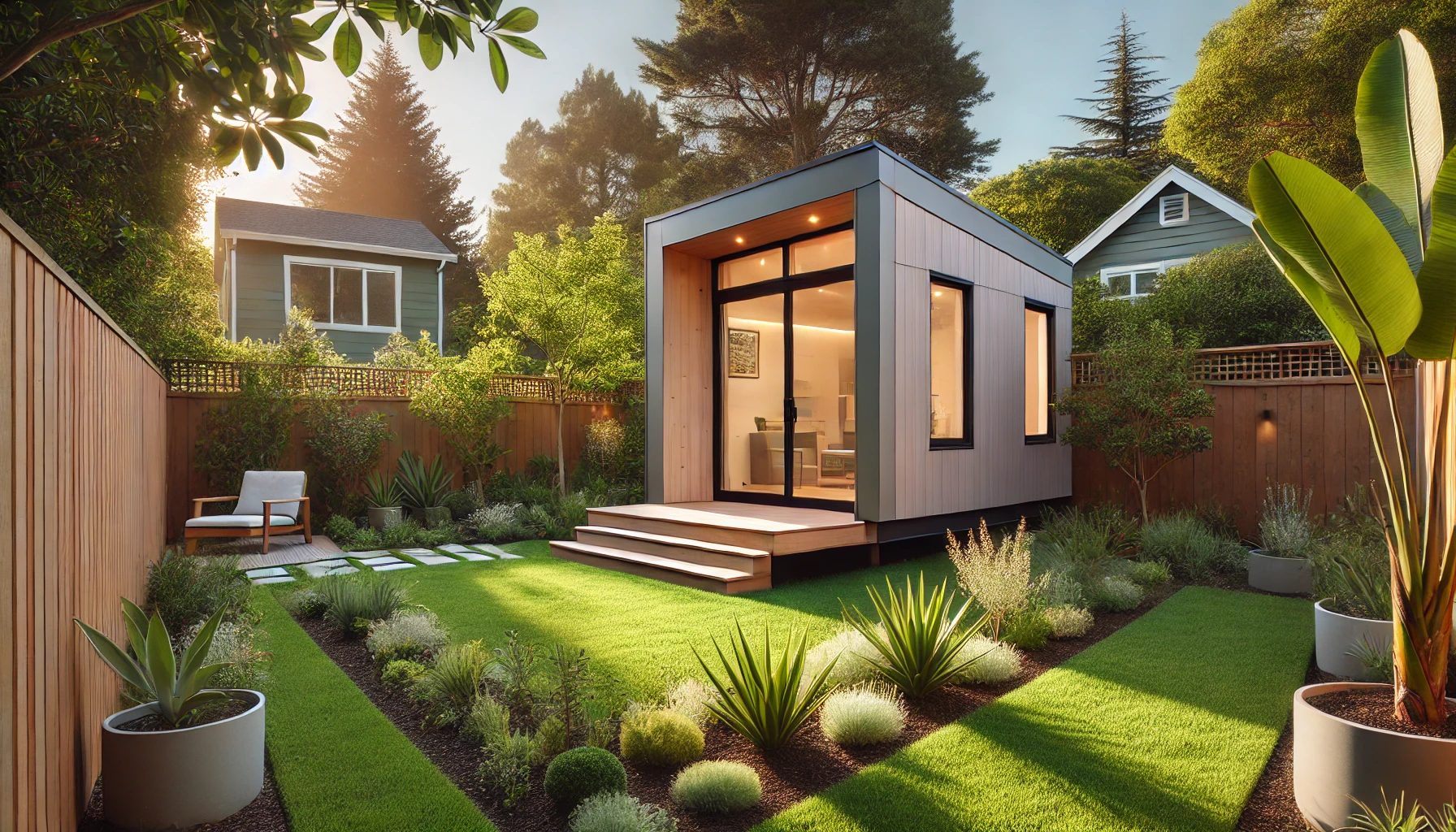San Jose has emerged as a leader in addressing housing challenges through Accessory Dwelling Units (ADUs). This guide breaks down the essential steps for homeowners looking to develop an ADU in Silicon Valley’s heart.
Understanding San Jose ADU Basics
San Jose offers unprecedented flexibility for ADU development, allowing:
- Up to two ADUs per lot
- Multiple ADU configuration options
- Preapproved construction plans
Key ADU Statistics
- 419 ADU permits issued in 2023
- 434 ADU permits approved in 2024 (to date)
Choosing Your ADU Development Standards
Homeowners can select between two regulatory frameworks:
- City Development Standards
- More locally tailored regulations
- Potentially more flexible configurations
- State Development Standards
- Broader California guidelines
- Standardized approach to ADU development
Six-Step ADU Approval Process
Step 1: ADU Universal Checklist Review
- Confirm property eligibility
- Understand ADU type options
- Review size and parking requirements
Step 2: Prepare Comprehensive ADU Plans
Essential documentation includes:
- Cover sheet
- Site plan
- Architectural drawings
- Mechanical, electrical, plumbing plans
- Structural details
Step 3: Online Application Submission
- Use San Jose’s official permits website
- Designate primary application contact
- Complete all required fields
Step 4: Document Upload
- Use SJE plans electronic system
- Ensure proper digital formatting
- Verify all necessary signatures
Step 5: Plan Review Process
Three critical phases:
- Prescreen review
- Detailed plan examination
- Final issuance review
Step 6: Construction and Inspections
- Schedule required inspections
- Maintain open communication with city inspectors
- Address any compliance issues promptly
Leveraging Preapproved ADU Plans
Eligibility Requirements
- Residential zoning
- Existing single-family home or duplex
- No geohazard, flood, or fire variance complications
Benefits
- Expedited permit process
- Reduced design costs
- Simplified approval pathway
Understanding ADU Fees
Key considerations:
- Review city’s building fee schedules
- Factor in utility and impact fees
- Budget for potential infrastructure upgrades
Critical Zoning and Property Considerations
Important factors include:
- Lot size and configuration
- Setback requirements
- Height restrictions
- Parking provisions
- Design compatibility
Utility and Infrastructure Planning
Essential utility connection aspects:
- Water supply evaluation
- Electrical service capacity
- Sewage system assessment
- Gas line considerations
Maximizing ADU Design Potential
Design optimization strategies:
- Efficient space utilization
- Maximize natural lighting
- Create indoor-outdoor flow
- Implement energy-efficient solutions
- Consider universal design principles
Conclusion: Your ADU Journey in San Jose
San Jose provides robust support for homeowners navigating ADU development. By understanding local requirements and leveraging available resources, you can transform your property and contribute to the city’s housing solutions.


